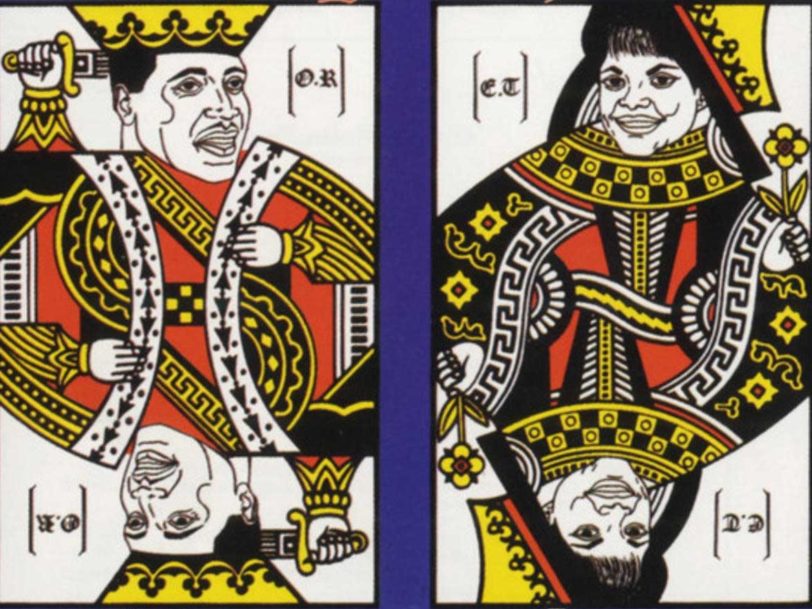Not so much the King and Queen as they were two complementary aces in Stax’s pack, this superb and endlessly entertaining album from Otis Redding and Carla Thomas reminds us of the soulful side of a year often assumed by rock historians to be all about psychedelia. Yes, we’re talking 1967, and while Otis had a hand in helping to make the hippie era so memorable, he was doing it with soul all the way – as King & Queen readily testifies.
Listen to King & Queen here.
A stroke of genius
Otis Redding was the big voice of Stax Records, the Memphis label gleefully putting Southern soul on the map. While he had been recording since the early 60s and was adored – practically worshipped – by many soul fans, he still hadn’t reached his full potential despite a steadily rising stack of Stax hits. His hoarse, heartbreaking voice and seemingly endless ability to write songs and transform other ditties that sometimes dated back decades had helped make his record label a force in soul music. Otis had come out of nowhere to find fame.
By contrast, Carla Thomas was no croaky soul shouter, nor a contender with little pedigree. Her tones were elegant and refined, and she’d always been around Stax because her papa was Rufus Thomas, one of the label’s foundation artists and an entertainer who had been a Memphis celebrity since before the war. While their styles were very different, it was a stroke of genius to match the label’s biggest male and female stars, with Carla’s classy poise proving the ideal foil for Otis’ overall-wearing, man-of-the-soil persona. The fact that, in reality, Carla was as sassy as they came, and Otis was actually as slick as any mohair-suited soulster was neither here nor there. Together their formula worked.




